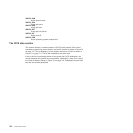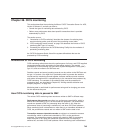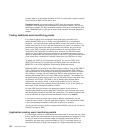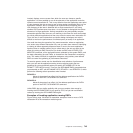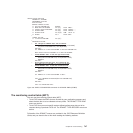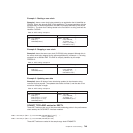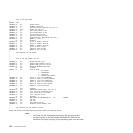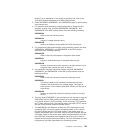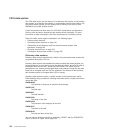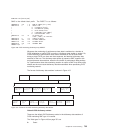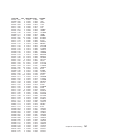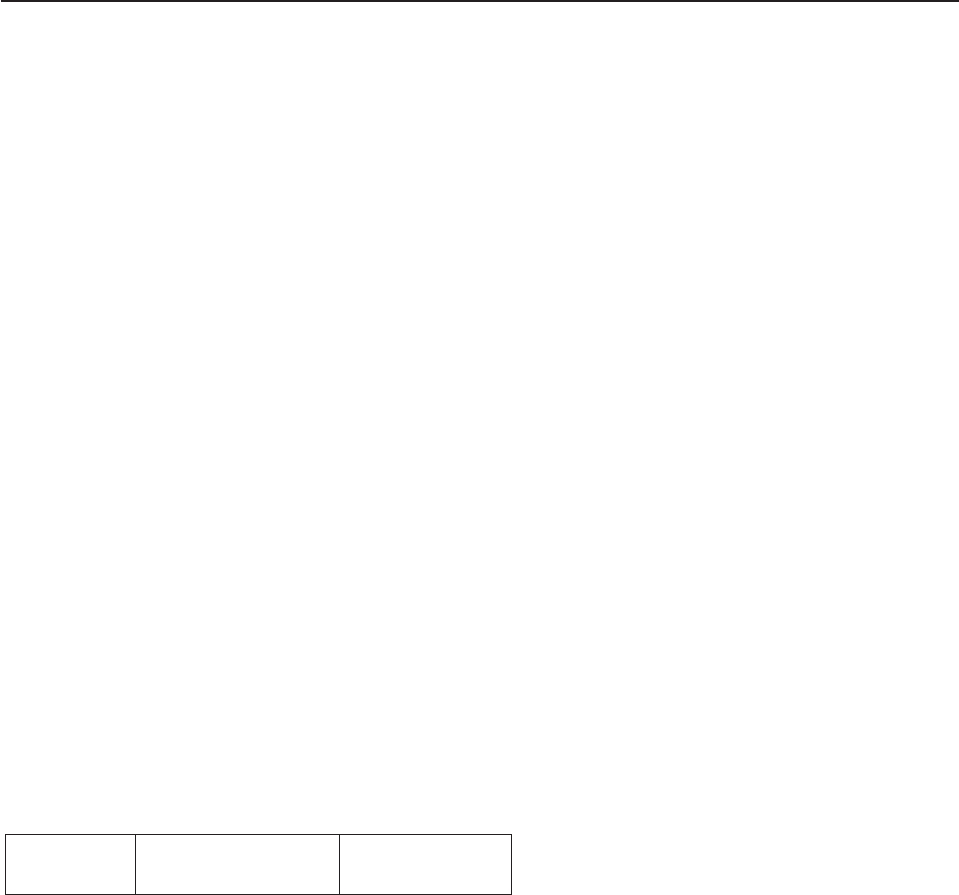
The DBCTL data recorded by these event monitoring points can be mapped using
the IMS macro DFSDSTA DSECT=YES, which is available in the IMS genlibs.
For more information about monitoring in DBCTL, see the CICS IMS Database
Control Guide.
CICS monitoring record formats
This section describes the formats of CICS monitoring SMF type 110 records in
detail. You need this information if you write your own program to analyze the
monitoring data.
CICS writes several types of SMF 110 record. Each type, or subtype as it is known,
can be identified using the record subtype field in the SMF header. The subtype
values are as follows:
X'0000'
CICS journaling
X'0001'
CICS monitoring
X'0002'
CICS statistics
X'0003'
Shared temporary storage queue server statistics
X'0004'
Coupling facility data table server statistics
X'0005'
Named counter sequence number server statistics
For more information about SMF journaling records, refer to Chapter 27, “CICS
logging and journaling,” on page 709. For more information about SMF statistics
records, refer to Chapter 29, “Writing statistics collection and analysis programs,” on
page 769.
The three components of a CICS monitoring record are an SMF header, an SMF
product section, and a CICS data section.
SMF header and SMF product section
The SMF header describes the system creating the output. The SMF product
section identifies the subsystem to which the monitoring data relates, which, in the
case of CICS monitoring (and also of CICS statistics), is the CICS region.
Both the SMF header and the SMF product section can be mapped by the DSECT
MNSMFDS, which you can generate using the DFHMNSMF macro as follows:
MNSMFDS DFHMNSMF PREFIX=SMF
SMF SMF Product CICS Data
Header Section Section
Figure 104. Format of an SMF type 110 monitoring record
750 Customization Guide



